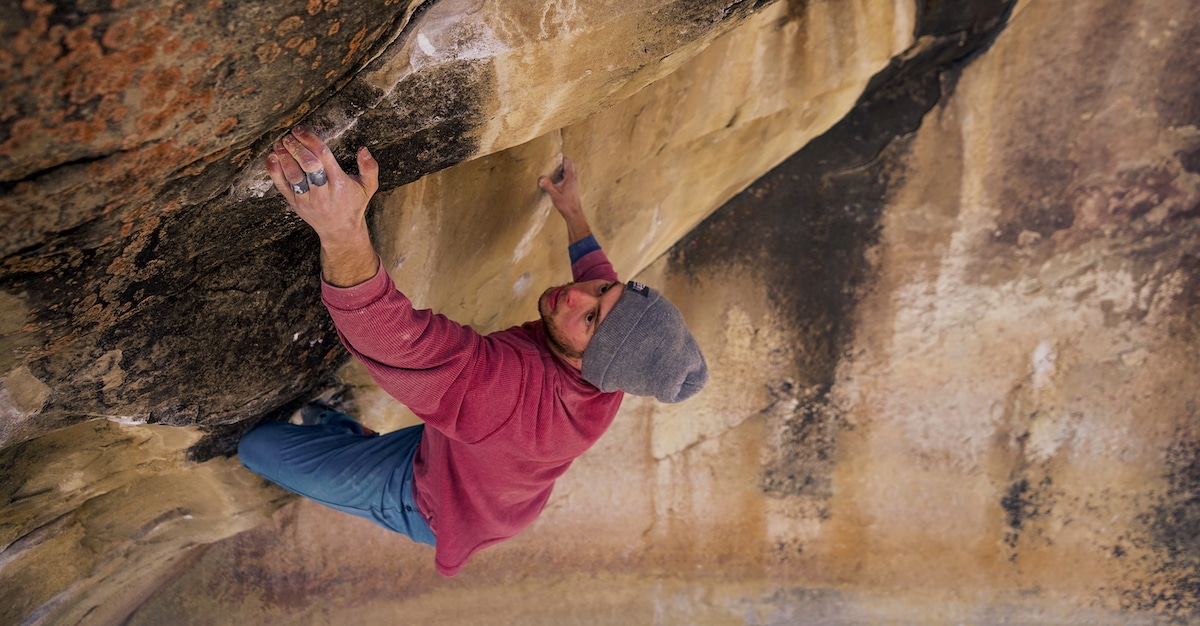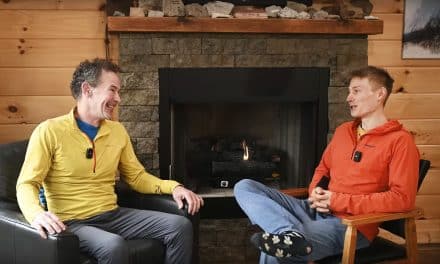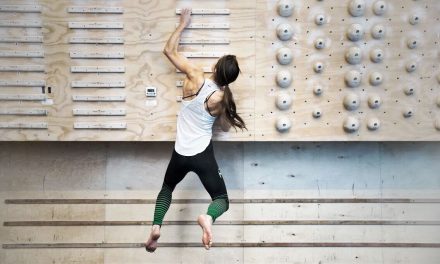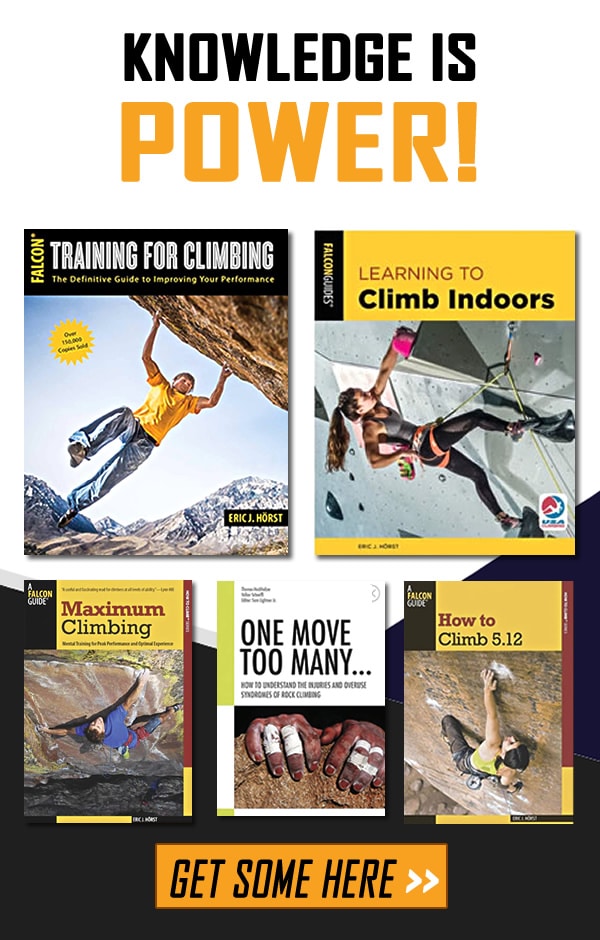Want to boulder better? Aiming to level up your V-grade? Then don’t miss these 15 tips from some of America’s strongest boulderers!
Like everything else in climbing (and in life), everyone is different. We all need to play the arduous game of trial and error to figure out our own approach in order to realize our potential. But, you can trim down the process by learning some tricks from the pros.
Take your bouldering up a notch with these 15 tips from some of the most accomplished and ambitious climbers in the game.
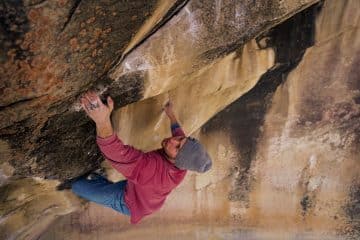
Eric Jerome
1. “In an effort to maximize your skins and energy, try to figure out as much as possible off the wall. Do more work with your brain—not your body—by thinking critically. Take notes during or immediately after every session to ensure you don’t forget micro-beta.” – Eric Jerome
2. “Prioritize volume and base building, and the harder grades will naturally fall into place.” – Eric Jerome
3. “During cold-season bouldering, bundle up in between tries. It can be a hassle, but it is way more important than I originally thought. Our minds and sensory system sometimes lie to us. Although we may feel warm, the fact is you are burning energy when exposed to the elements. Bring layers and don’t be afraid to add or subtract them depending on the weather.” – Nicholas Rummel
4. “Shoe rubber is made to be optimally sticky at a relatively high temperature (40-70 degrees Fahrenheit depending on the rubber). In the winter, capitalize on that by taking your shoes off in between goes, and sticking those poor shoes in your armpits to give you a better chance of sticking your toes on those tiny footholds that feel like glass.” – Nicholas Rummel
5. “Dedicate a session or two per week to movement drills. Have a coach or some friends assess your weaknesses and strengths, and make sure you are focusing on your weaknesses during these movement sessions.” – Matt Fultz
6. “Make sure the pads are placed well and the holds are brushed before you pull on, so you can focus on the problem and not have to worry about anything else when you’re climbing.” – Nathan Williams
7. “Practice holding tension. Try this take on a classic core exercise: bicycles. Make sure your back is pressed against the ground and match your feet together. Start with both feet extended out in low boat pose, then bring one knee to the opposite elbow while keeping the other leg STRAIGHT. Match your feet back in low boat pose, then repeat on the other side. This version trains your body to keep tension while moving, versus cutting feet and losing precious energy.” – Lisa Chulich
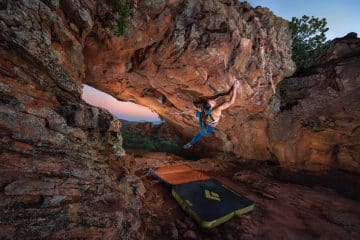
Lisa Chulich
8. “Take a few minutes to warm up shoulders and hamstrings before a hard session outside. My go to exercises: plank bird dogs, single-leg hip bridges, single leg deadlifts (can use a rock or band for resistance) and squats all the way to ground. Get stabilizers activating before starting to project!” – Lisa Chulich
9. “If you’re going to try, try hard. And if you want to climb harder outside, spend more time climbing on rock. Learning how to move equals strength.” – Jimmy Webb
10. “I carry hand moisturizer with me at all times. Every time I get my hands wet, I moisturize. This keeps my skin healthy and it doesn’t crack or rip!” – Favia Dubyk
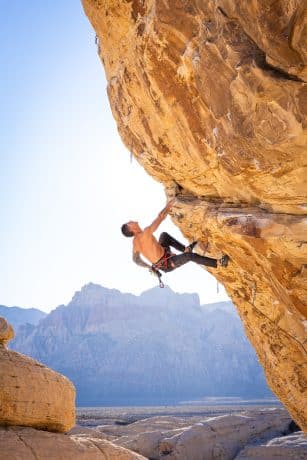
Justin Salas
11. “Stop starting from the bottom on each redpoint burn. For the flash, it’s of course the obvious place to start; but if you fall at the crux, take the time to dial in each move before attempting the route or boulder again. I use this often for a strong second go if I don’t flash the first time.” Justin Salas
12. “Focus on training one primary energy system per session! One of the things I hear most is, ‘I’m just
gonna go burn out’. I get it, you want to feel like you got the most bang for your buck. But, when it comes to recovery, having a bouldering session and then doing laps on the rope till you can’t move your arms is detrimental to your body’s ability to create the right adaptation for the bouldering session. Likewise, getting blasted pumped on the sharp end and then going to try limit moves on boulder problems will not only lead to injury but it will take away from your chances of recovering from the rope climbing session. Stick to rope climbing in that session alone. If you’re bouldering, warm up for boulders, and only boulder in that session. This will give you a better recovery window and create the right environment for your body to adapt optimally from each workout.” – Justin Salas
13. “Take PhysiVantage Supercharged Collagen 30-60 minutes before hangboarding. I’ve been doing this consistently for two years since I hurt a pulley in Joe’s valley. Since then, I went from struggling with a one-arm hang on 20mm edges to one-arm hanging on 15mm edges. I can’t praise this stuff enough! But, of course, taking a supplement alone won’t improve your finger strength and health, you must put in the work as well.” – Justin Salas
14. “When projecting, break boulder problems or routes down into sections. Yes, they’re shorter than routes—but the beta can get so precise that you’ll still benefit from segmenting. Try to complete each section individually, then work on linking the different sections together.” – Andi Stull
15. “Don’t neglect the importance of getting enough sleep, especially after a long training day!” – Andi Stull
Related Articles:
- How Elite Boulder Andi Stull Translates Her Training to Sport Climbing
- How Jonathan Siegrist Trains to Crush 5.15 Climbs!
- Introducing PhysiVantage: Research-Based Supplements for Climbers
Copyright © 2000–2025 Eric J. Hörst & Lucie Hanes | All Rights Reserved.

